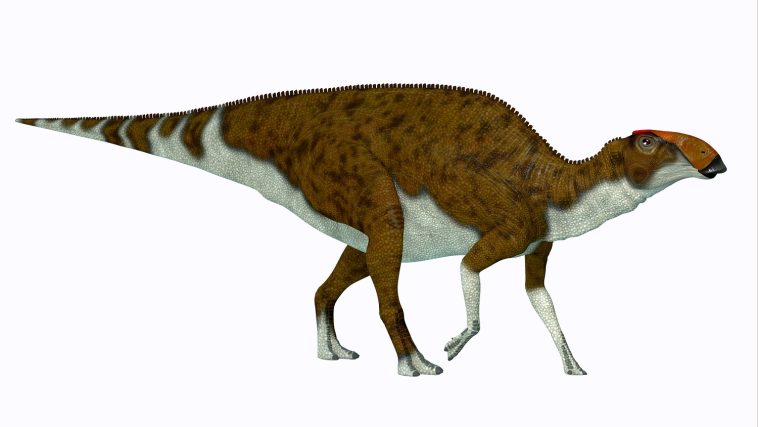[Orginally published in 2015 as Soft Blood Vessels from a Dinosaur Fossil]
In 2005, Dr. Mary Schweitzer shocked the paleontology community by reporting that she had found soft tissue in a Tyrannosaurus fossil that was thought to be 65 million years old.¹ One type of soft tissue structure found appeared to be branching blood vessels. The idea that blood vessels could have remained soft for millions of years is contrary to everything we currently know about biomolecules and their decay, so many in the paleontology community searched for some other explanation for Dr. Schweitzer’s find.
For example, it’s possible that despite its appearance, the structure isn’t composed of blood vessels at all. Instead, it could be the result of a recent colonization of bacteria or fungi. After all, when the blood vessels in a bone decay away, the “tunnels” in which they were housed remain. What if, rather recently, a colony of bacteria took up residence in those same tunnels? These organisms often leave a slime (called a biofilm) behind, and if they left it in those “tunnels,” the biofilm would take the shape of the “tunnels.” That would make the biofilm look and behave a lot like blood vessels.
Such an explanation seemed to get some support back in 2008 when a major article was published in PLoS ONE. In that article, researchers reported on a survey they had done of many dinosaur bones. They found several examples of what appeared to be soft tissue in those bones, and they submitted some of those samples for carbon dating. The dating indicated that the samples were of very recent origin. In addition, they compared their samples to modern biofilms and modern collagen (a protein not made by bacteria). Their samples of apparent tissue resembled modern biofilms much more than modern collagen, so they concluded:
When biofilms coat a substrate, and that substrate is subsequently removed, the biofilm will retain much of the original morphology. This can explain the quantity and similarity of structures found in fossil bone and indicates that these structures are unlikely to be preserved dinosaurian tissues but the product of common bacterial activities.
Since then, however, the analysis of a variety of soft tissue found in dinosaur bones has lent a lot of support to the idea that these tissues are not biofilms but are genuine dinosaur tissue (see here, here, here, and here). It seems that the definitive paper has finally been published, showing, at minimum, that soft blood vessels found in one dinosaur bone do come from the dinosaur itself.
In the Journal of Proteome Research, Timothy Cleland and his colleagues studied a leg fossil from a Brachylophosaurus canadensis specimen, which is supposed to be 80 million years old. They got rid of the hard materials in the leg fossil and examined the soft tissue that remained. They found proteins that were quite consistent with blood vessels. For example, one of the proteins they found was myosin, which is a common component of the muscles associated with blood vessels.
The researchers then did the same procedure on modern chicken and ostrich bones. The proteins they found in those bones were very similar to the proteins found in the dinosaur fossil. They conclude:
When all data are taken into consideration, the most parsimonious explanation is that these vessels, derived from demineralized dinosaur bone, are endogenous.
In other words, these really are the soft remains of dinosaur blood vessels.
Now it’s important to note that Dr. Schweitzer (who is a part of this study) has suggested a mechanism by which soft tissue might be preserved over millions of years.² I have discussed why I don’t think her proposed mechanism can explain such remarkable preservation (see here and here). Instead, based on my understanding of the thermodynamics of large biomolecules, it is much more reasonable to interpret this soft tissue as evidence that these bones aren’t millions of years old.
Regardless of whether or not I am right on that point, the results presented in this paper are very important. They should put to rest any remaining doubt that some dinosaur fossils do, indeed, hold soft tissue from the dinosaurs themselves.
References
- Schweitzer MH, Wittmeyer JL, Horner JR, and Toporski JK, “Soft-Tissue Vessels and Cellular Preservation in Tyrannosaurus rex,” Science 307:1952–1955, 2005
- Mary H. Schweitzer, Wenxia Zheng, Timothy P. Cleland, Mark B. Goodwin, Elizabeth Boatman, Elizabeth Theil, Matthew A. Marcus and Sirine C. Fakra, “A role for iron and oxygen chemistry in preserving soft tissues, cells and molecules from deep time,” Proceedings of the Royal Society B 281:20132741, 2013






